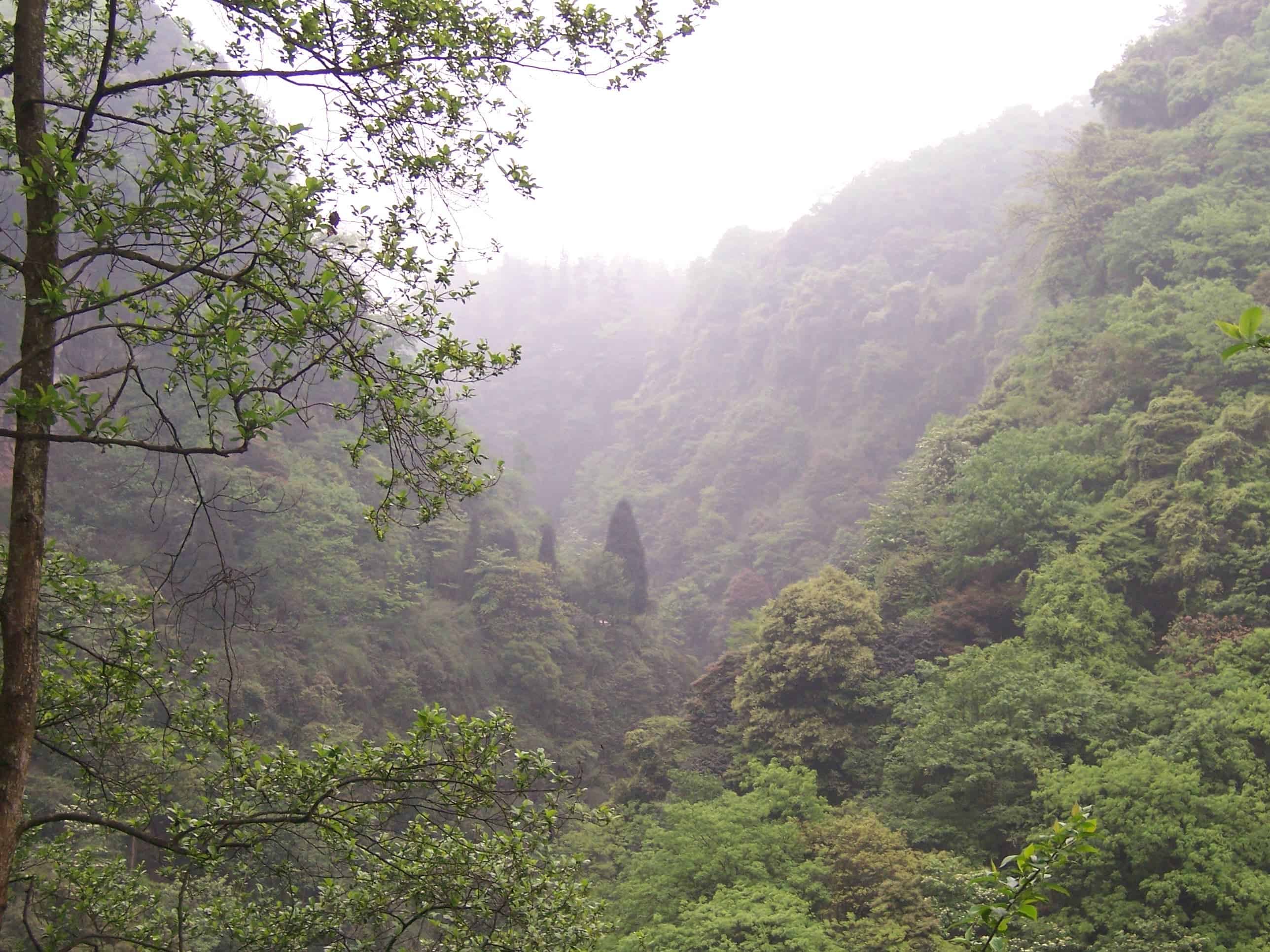The way that commercial agriculture works is simple—you take one useful plant and cover a massive area with it. It’s how we grow fruits and vegetables, palm oil, timber trees, and pretty much everything else. Results from the largest tree biodiversity study in the world challenge this principle by showing that trees grown in species-diverse communities produce more wood than those grown in a monoculture.
BEF-China, the world’s largest tree biodiversity experiment, is seeking to unravel the relationships between tree diversity and ecosystem functions, such as preventing soil erosion and wood production. The experiment covers about 50 hectares in subtropical China. The area has been planted with 400,000 trees and shrubs in different combinations to address relevant research questions. The trees have since grown to a height of 10 to 15 m (33-50 feet) and have formed a dense canopy.
Trees that grew up in a species-rich “neighborhood” produced more wood than those that grew up only surrounded by the same species. The local interactions between trees were more important, and beneficial, in forests that had more varied species.
“Particularly impressive is the finding that the interrelations of a tree with its immediate neighbours induce higher productivity of the entire tree community (i.e. the forest stand), and that such local neighbourhood interactions explain more than 50% of the total forest stand productivity”, says forest ecologist Dr. Andreas Fichtner.
The reason for the increased productivity is simple. Forests made up of the same tree species have exactly the same light, water, and nutrient requirements so they compete with each other to get what they need. They all share the available resources. However, different species have different requirements so there is less competition. They each take the resources that they need and may not have to fight so much for them. Facilitation is more likely to occur, which means that different species help each other out. For example, one species can improve the microclimate in the area so that it benefits other species such as by growing tall and providing more shade and coolness. There can also be positive interactions with soil fungi that help trees to grow more.
The results are relevant on multiple levels. Reforestation programs should take note and plant multiple native tree species rather than large monocultures. The study also reinforces the importance of conserving diverse forest ecosystems, which are extremely productive, absorb a lot of carbon dioxide, and support other species as well. It is yet another sign that monocultures are negative all around; they destroy diversity, cause soil to erode, take away habitat for animals in the area that need it, and are less productive to boot. We need to move away from monocultures and into a more sustainable “multi”-culture.
Journal reference: Andreas Fichtner, Werner Härdtle, Helge Bruelheide, Matthias Kunz, Ying Li und Goddert von Oheimb: Neighbourhood interactions drive overyielding in mixed-species tree communities (2018). Nature Communications. doi:10.1038/s41467-018-03529-w. https://www.nature.com/articles/s41467-018-03529-w










